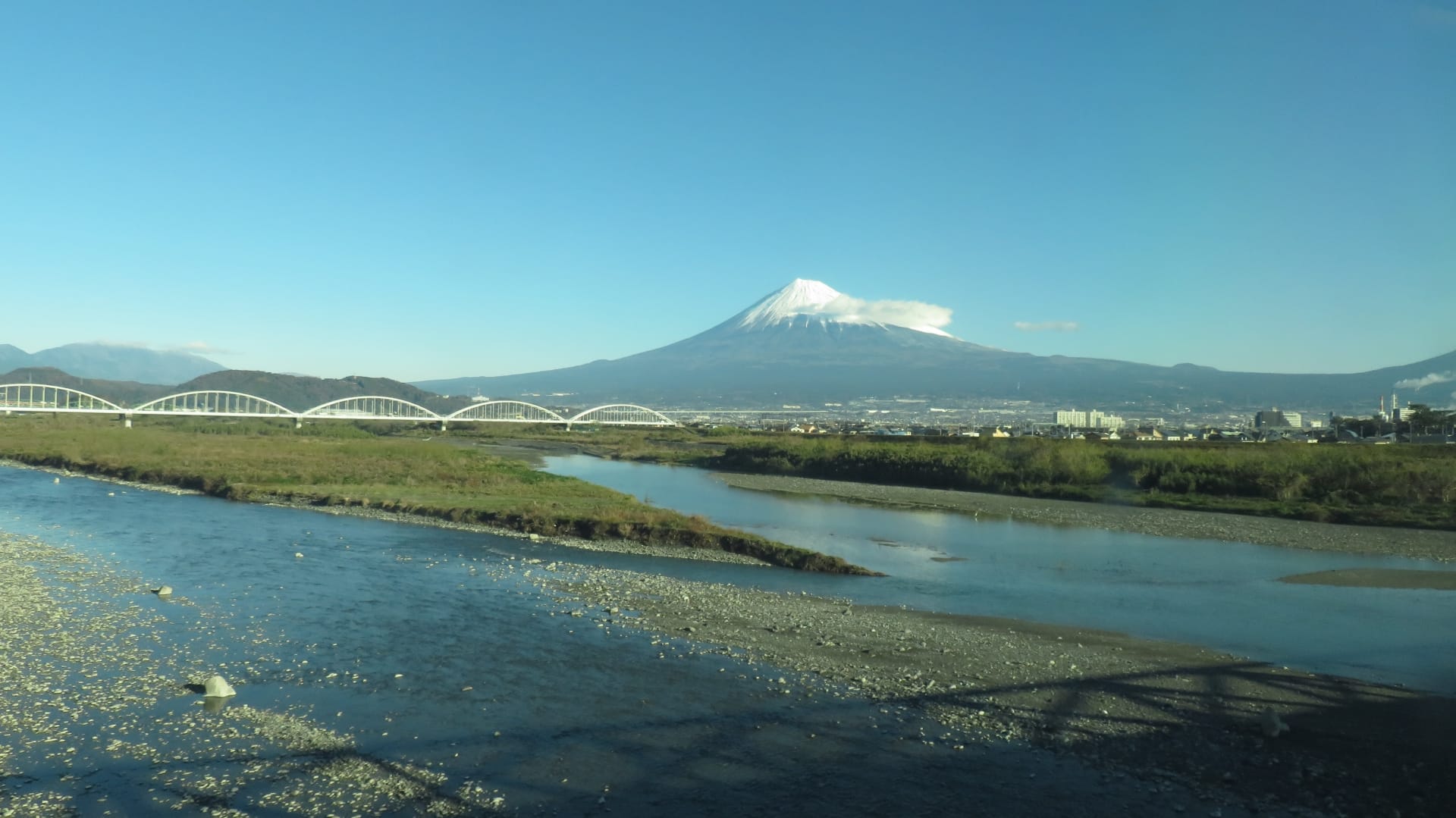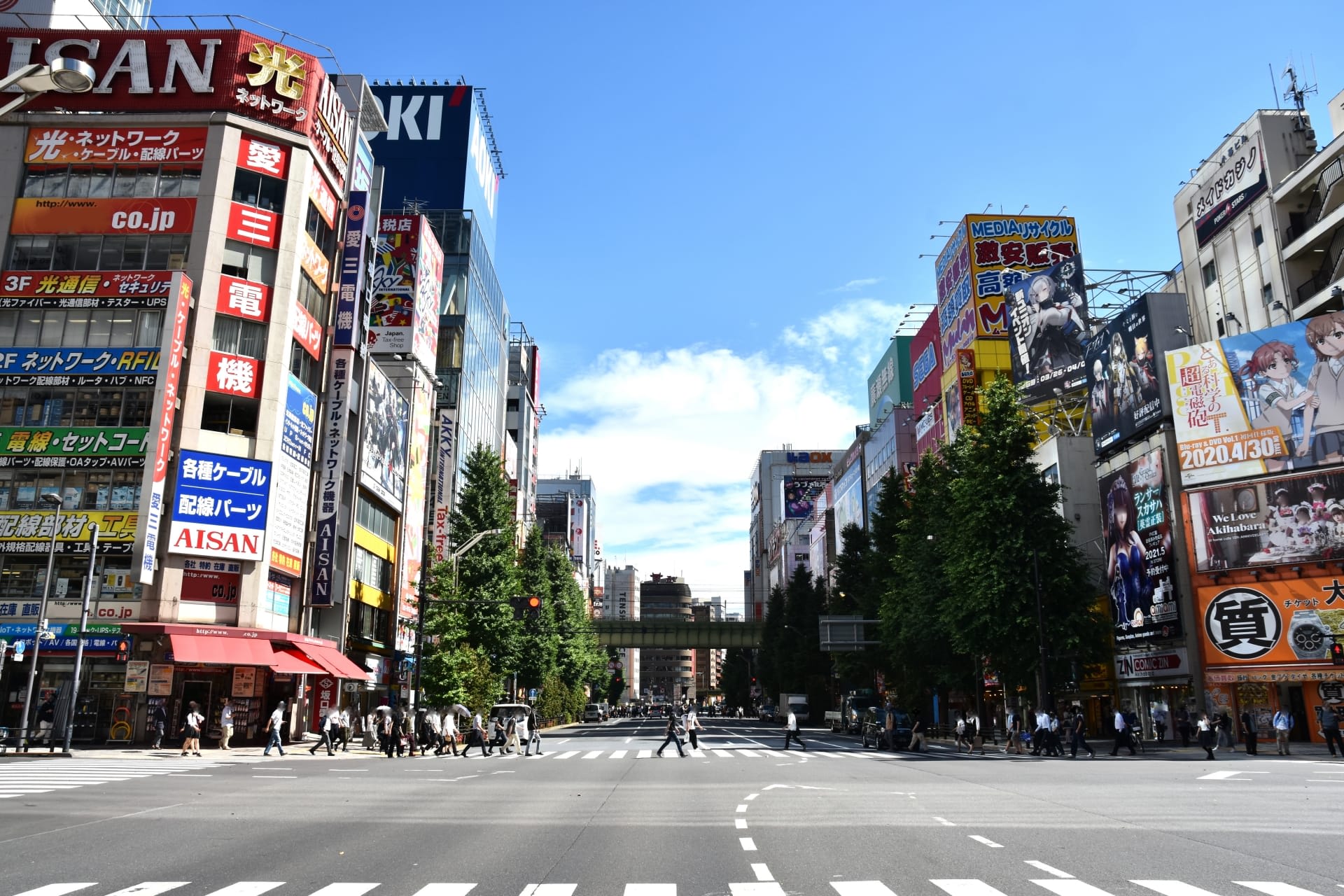Half Day Trip to Mt. Fuji Area: Perfect Itinerary from Tokyo
Mount Fuji, a symbol of Japan, attracts countless tourists who visit Japan specifically to witness its majestic presence. However, given Mount Fuji's massive size and the numerous tourist attractions scattered around its vicinity, we've created this guide to help you explore the Mount Fuji area efficiently.
Additionally, Magical Trip, which won the #1 spot for all tours on Tripadvisor in 2024, has recently launched the Mount Fuji tours.

The "Mt. Fuji Full-day Nature Guided Tour with a Private Chartered Car & Guide" offers a stress-free experience exploring the Mount Fuji area, complete with private car transportation from Tokyo.
Even if you have limited time to explore the Mount Fuji region, this tour allows you to visit all the must-see spots with detailed guidance from your tour guide.
If you're interested in efficiently experiencing the essential locations while gaining deep insights from a knowledgeable local guide who knows the area inside and out, we highly recommend joining the "Mt. Fuji Full-day Nature Guided Tour with a Private Chartered Car & Guide."
We hope you'll have a wonderful time experiencing everything Mt.Fuji has to offer by joining a Magical Trip tour!
Introduction
Mt. Fuji, Japan's symbol. While everyone has seen its image in photographs as a world-famous landmark, it's actually easily accessible from Tokyo for a casual visit.
I have been visiting the Mt. Fuji area for over 10 years, and its charm never ceases to amaze me. Mt. Fuji changes its appearance with each season, and I discover something new every time I see it. The snow-capped view in the crisp winter air is particularly spectacular.
However, I want to tell foreign tourists something important. Mt. Fuji can be quite capricious. It's not uncommon for it to be hidden behind clouds all day. Also, being a popular tourist destination, crowds are inevitable on weekends and holidays.
Yet, even with such uncertainties, a trip to the Mt. Fuji area is always worthwhile. This is because even if Mt. Fuji is hidden behind clouds, the region offers many other attractions that soothe the soul, including enchanting natural landscapes, local cuisine, and peaceful lakeside scenery.
In this article, I'll share insider tips as a local Japanese person on how to maximize your enjoyment of the Mt. Fuji area in limited time.
I've prepared two half day courses, morning and afternoon departures, so you can choose according to your schedule!
Table of Contents
・Why is the Mt. Fuji Area Perfect for a Half Day Trip?
・Plan 1: Morning Half Day Course
・Plan 2: Afternoon Half Day Course
・Other Mt. Fuji Spots to Visit if You Have Extra Time
・Frequently Asked Questions About Half Day Trips to Mt. Fuji
Why is the Mt. Fuji Area Perfect for a Half Day Trip?
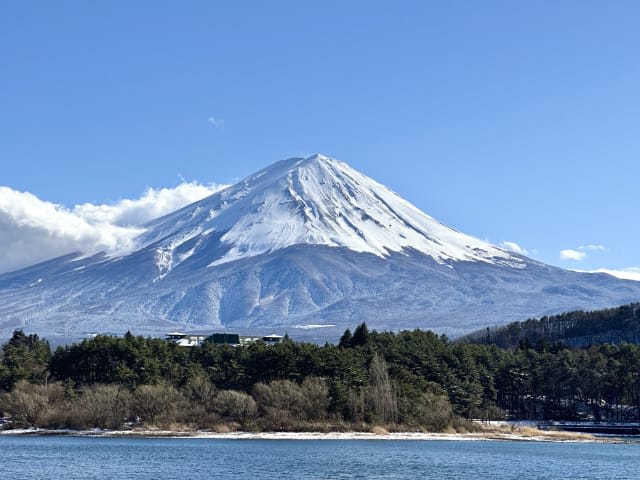
The Mt. Fuji area is an ideal tourist destination where you can enjoy Japan's iconic scenery and rich cultural experiences in a short time.
The biggest advantage is its excellent accessibility from Tokyo. Using an express train from Shinjuku Station, you can arrive in about 2 hours, and if you leave early in the morning, you can enjoy plenty of sightseeing just in the morning.
Moreover, scenic viewpoints of Mt. Fuji, such as Lake Kawaguchi and Arakurayama Sengen Shrine, are efficiently located, making it suitable for a half day trip. The travel time between spots is short, allowing you to visit multiple locations even with limited time.
Although not included in this itinerary, the area also has abundant hot spring facilities where you can relax even during a short stay. Local dishes like Hoto noodles and Fujinomiya yakisoba can also be easily enjoyed.
The cultural value of Mt. Fuji, registered as a World Cultural Heritage site, can be experienced in various ways in this region. By visiting shrines, temples, and museums, you can learn about the history of Mt. Fuji worship and its deep connection with Japanese people.
Plan 1: Morning Half Day Course (AM7:00-PM12:00)
I'll introduce a luxurious plan departing early morning to enjoy Mt. Fuji in the crisp morning air. If the weather is good, the sight of Mt. Fuji illuminated by the morning sun is exceptional.
AM7:00 Depart Tokyo: Travel to Mt. Fuji Kawaguchiko Area
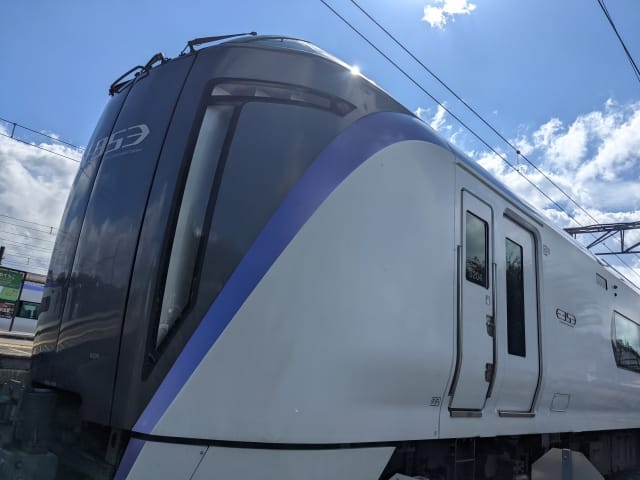
There are mainly two routes to access the Mt. Fuji area. The first is taking the JR Tokaido Shinkansen to Mishima Station and then using a bus. The second is taking the express "Fuji Excursion" directly from Shinjuku Station to Kawaguchiko Station.
I personally recommend the express "Fuji Excursion." Not only is it a comfortable 2-hour single-seat journey, but the views of Mt. Fuji from the window are spectacular. Especially on clear days, you can enjoy different angles of Mt. Fuji as the train changes direction.
Advance reservation is essential. I recommend booking at least a week in advance, especially for weekends and holidays.
Website: https://e.fujikyu-railway.jp/
AM9:00 Arrive at Kawaguchiko and Explore

After arriving at Kawaguchiko Station, I recommend a walk along the lake shore. In the morning, there are few tourists, and it's a special time when you can have the reflection of Mt. Fuji on the quiet lake surface all to yourself.
There's a sightseeing boat dock by the lake where you can enjoy a roughly 20-minute lake cruise. From the boat, you can view Mt. Fuji in a 360-degree panorama, and I've used it many times myself.
The area is lined with charming cafes and souvenir shops where you can enjoy breakfast and souvenir shopping. There are plenty of photo spots, and you're sure to get memorable shots, whether it's Mt. Fuji reflected in the lake or a collaboration shot with the sightseeing boat and Mt. Fuji.
Website: https://www.fujigokokisen.jp/contents/en/
AM10:30 Mt. Fuji Panoramic Ropeway
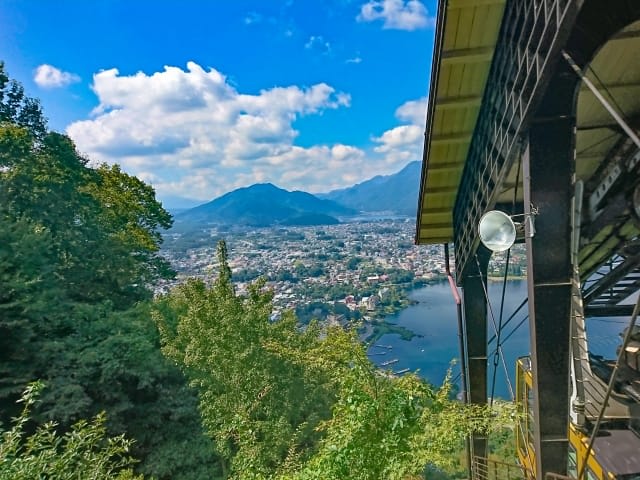
It's about a 15-minute walk from Kawaguchiko Station to the ropeway boarding point. While buses are available, I recommend walking to enjoy the seasonal scenery and glimpses of local life.
The ropeway takes just 3 minutes to reach the Tenjozan Park Observatory. From the observatory at about 1,000 meters elevation, you can enjoy a spectacular view of Lake Kawaguchi and Mt. Fuji. The view is particularly clear on sunny days from autumn to winter when the air is crisp.
The observatory has photo spots where you can take commemorative pictures with Mt. Fuji in the background. There's also a short walking trail where you can observe seasonal plants and enjoy views from different angles.
Website: https://www.mtfujiropeway.jp/en/
PM12:00 Depart Kawaguchiko Station: Return to Tokyo
After finishing the morning sightseeing, return to Shinjuku Station on the express "Fuji Excursion." You can still enjoy Mt. Fuji from the return train window, savoring your time with Mt. Fuji until the very end. The mountain's appearance in different lighting than the morning has its own unique charm.
Plan 2: Afternoon Half Day Course (AM11:00-PM16:00)
I'll introduce an afternoon plan for those who want to enjoy the Mt. Fuji area after a leisurely morning. Starting with lunch and ending with Mt. Fuji wrapped in soft evening light, you can enjoy different expressions of the mountain.
AM11:00 Depart Tokyo: Travel to Mt. Fuji Kawaguchiko Area
Similar to Plan 1, take the express "Fuji Excursion" from Shinjuku Station to Kawaguchiko Station. Since it's a pre-noon departure, I recommend enjoying a light breakfast on the train. You can view Mt. Fuji's majestic form from the window during the journey.
PM1:00 Lunch at Local Restaurant Around Kawaguchiko

There are many restaurants around Kawaguchiko Station offering delicious cuisine utilizing Mt. Fuji's bounty. I especially recommend "Hoto Nabe," a local Yamanashi Prefecture dish. The hot pot filled with thick noodles and local vegetables warms both body and soul.
Also unmissable is "Fujinomiya Yakisoba," unique to this region bordering Shizuoka Prefecture. The firm noodles, rich sauce, and bonito flake flavoring create an exquisite harmony.
Local ingredient dishes have their own seasonal flavors. You can enjoy mountain vegetables in spring, highland vegetables in summer, mushrooms in autumn, and hot pot dishes in winter.
PM2:30 Visit Arakurayama Sengen Shrine
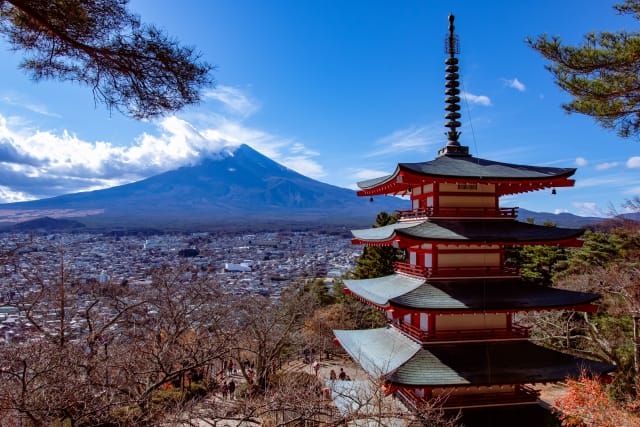
Arakurayama Sengen Shrine, reached by taking the Fujikyu Line to "Shimoyoshida Station" and walking about 5 minutes, is one of my favorite Mt. Fuji viewpoints.
The composition of the vermillion five-story pagoda with Mt. Fuji is loved by photographers worldwide as a scene symbolizing Japanese traditional beauty.
The shrine grounds are wrapped in tranquility, allowing for unhurried worship. While you need to climb stone steps to reach the five-story pagoda, the sense of achievement and view upon arrival are exceptional. The charm varies with the seasons, from cherry blossoms in spring to autumn leaves.
I recommend purchasing shrine charms, which serve as both travel mementos and an opportunity to experience Japanese traditional culture.
Website: https://www.arakurafujisengen.com/
PM3:30 Return to Tokyo
Return directly to Shinjuku Station on the Fuji Excursion from Shimoyoshida Station. Mt. Fuji before dusk has a different beauty than when you arrived, and the view from the return window makes for a perfect end to your journey.
If you want to save the hassle of driving and getting around by yourself, try the "Mt. Fuji Full-day Nature Guided Tour with a Private Chartered Car" which comes with a driver and guide.
This includes round-trip transportation from Tokyo, and an experienced guide who will take you to carefully selected must-see spots around Mount Fuji.
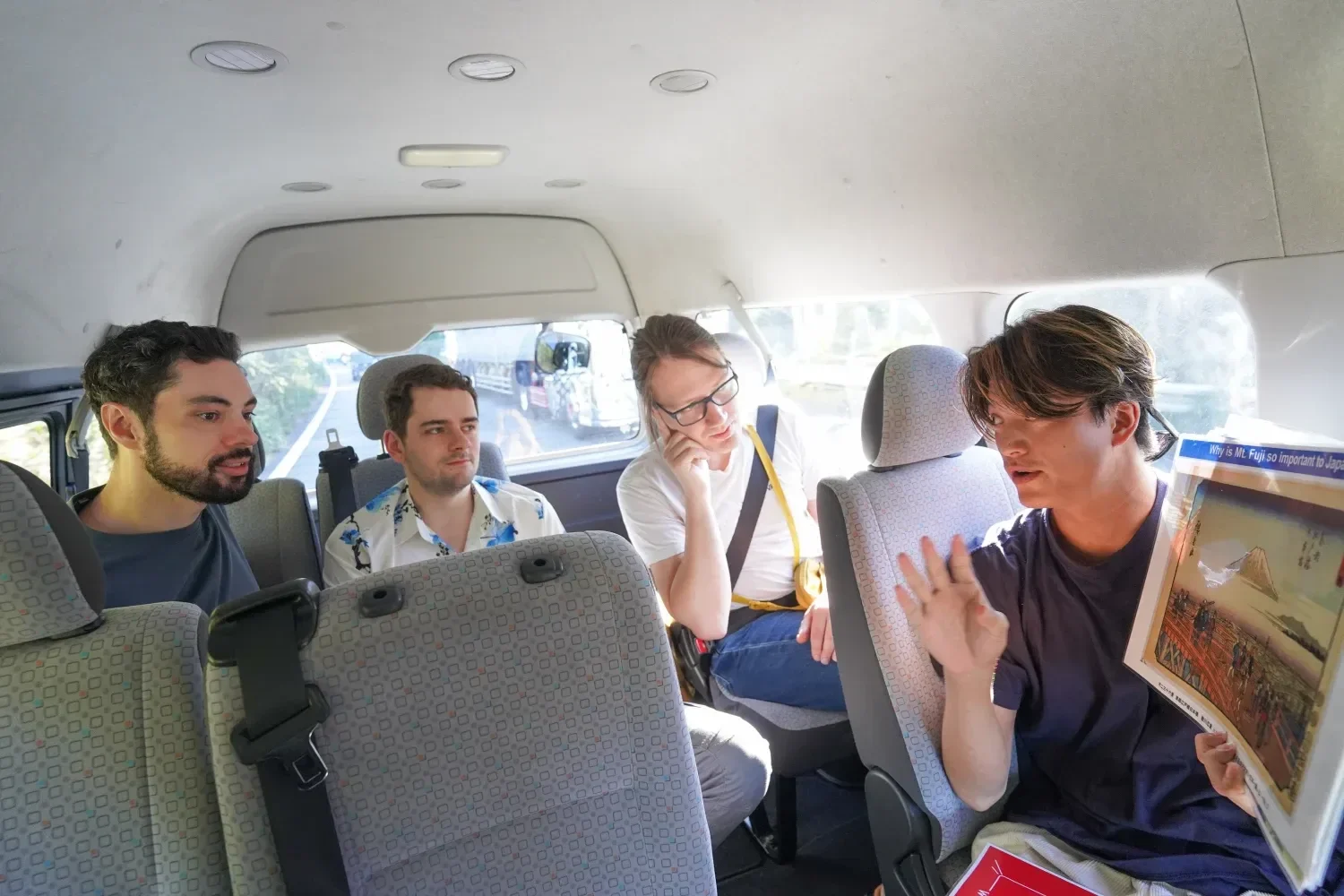
Other Mt. Fuji Spots to Visit if You Have Extra Time
The Mt. Fuji area has many attractive spots that can't be covered in a half day course. If you have extra time, I recommend visiting these places.
Oshino Hakkai
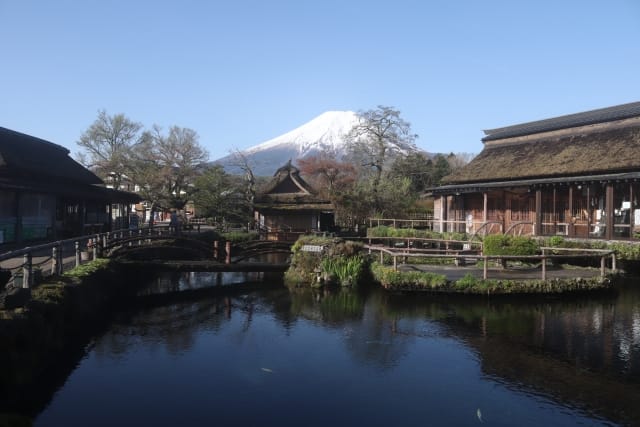
Oshino Hakkai, consisting of eight ponds fed by Mt. Fuji's spring water, is a place where I feel purified every time I visit. The highly transparent water is Mt. Fuji's snowmelt filtered through the ground over many years. The water is surprisingly cold, making you gasp even in summer when you put your hand in.
Each pond has its own characteristics and is named with its own origin story. Old houses and waterwheels from the Edo period remain around the ponds, allowing you to experience old Japanese scenery. "Deguchi-ike" pond is particularly popular as a photo spot with Mt. Fuji in the background.
Shops selling handmade crafts by local artisans and restaurants serving dishes using wasabi and local vegetables are scattered throughout. You can enjoy shopping and dining while taking a leisurely stroll.
Mt. Fuji 5th Station
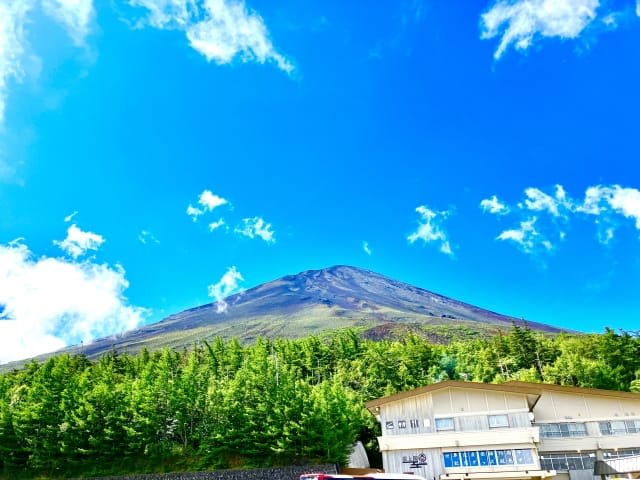
The 5th Station of Mt. Fuji, located at about 2,400m elevation, is a special place where you can experience Mt. Fuji's power up close without climbing. Since it's easily accessible by car or bus, it's bustling with many tourists.
I particularly love the view from the 5th Station. Sea of clouds often spreads out, giving you a strange sensation of floating in the air.
Souvenir shops and restaurants are plentiful, and eating warm soba or udon in the highland air is exceptional.
Fuji-Q Highland
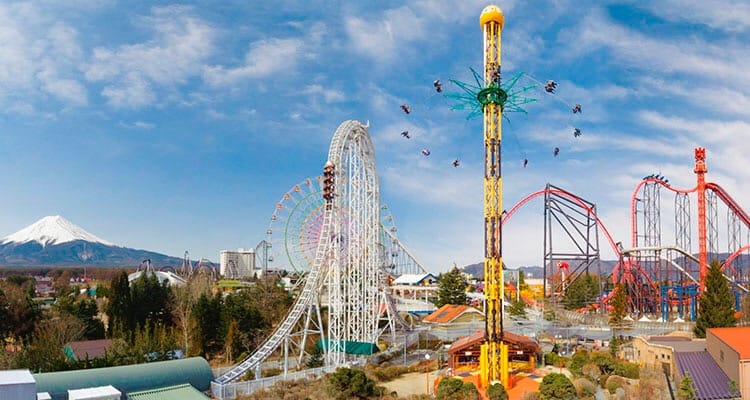
Fuji-Q Highland is a popular theme park at the foot of Mt. Fuji. It has multiple world-class thrilling roller coasters, making it especially recommended for thrill-seekers. I love how you can enjoy spectacular views of Mt. Fuji from various attractions including "FUJIYAMA," combining thrills with scenery.
For families with small children, I recommend Thomas Land. You can fully enjoy the world of the popular character "Thomas the Tank Engine" and take family photos with Mt. Fuji in the background.
Website: https://www.fujiq.jp/en/
Frequently Asked Questions About Half Day Trips to Mt. Fuji
Based on my over 10 years of experience, I'll answer common questions about visiting the Mt. Fuji area.
What's the Best Season for a Half Day Trip to Mt. Fuji?
In fact, Mt. Fuji shows completely different faces with each season. From my experience, I most recommend winter. Although it's cold, the air is clear and there are many days when you can see Mt. Fuji distinctly.
Spring offers spectacular collaboration between cherry blossoms and Mt. Fuji. Especially around Arakurayama Sengen Shrine and Lake Kawaguchi, you can enjoy uniquely Japanese scenery of full-blown cherry blossoms with snow-capped Mt. Fuji.
Summer is climbing season, and you can easily access the 5th station by bus. Various outdoor activities taking advantage of the cool highland climate are also available. However, be careful during the rainy season in June when weather tends to be unstable.
Autumn is foliage season, with the entire mountain base area turning red and yellow. The temperature is also comfortable, making it ideal for walking around. The contrast between the clear blue sky, autumn leaves, and Mt. Fuji is exceptional.
What's the Best Time of Day to See Mt. Fuji?
From my years of experience, I can tell you that AM8:00 to AM10:00 is best. During this time, weather tends to be more stable, and Mt. Fuji illuminated by the morning sun is divine. The air is clear, providing optimal lighting conditions for photography.
Evening is also an appealing time. Mt. Fuji tinged with sunset has a different charm. However, since clouds tend to appear in the afternoon, I recommend visiting with plenty of time to spare.
What Are the Transportation Options in the Mt. Fuji Area?
I actually recommend walking around the Kawaguchiko area. Major tourist spots are within walking distance from the station, and you can enjoy the local atmosphere while strolling leisurely.
Rental bikes are also a convenient mode of transportation. The cycling path along the lake is well-maintained, making it easy to tour by bicycle.
For longer distances, local buses are convenient. Regular buses operate to destinations like the 5th Station and Oshino Hakkai. Taxis are also readily available and recommended for those who want to use time efficiently.
For access from Tokyo, as mentioned earlier, the express "Fuji Excursion" is most convenient. It goes directly from Shinjuku Station to Kawaguchiko Station, so you don't need to worry about transfers.
What Are Alternative Plans for Bad Weather?
Even when Mt. Fuji is hidden behind clouds, you can still have a fulfilling time. There are museums and art galleries throughout the area where you can learn about Mt. Fuji's culture and history, perfect for rainy day sightseeing.
Also, this region has many quality hot spring facilities. I recommend soaking in natural hot springs to relieve travel fatigue.
Local cafes and restaurants where you can spend relaxing time are another option to consider when the weather is poor.
The Mt. Fuji area is a special place where you can fully appreciate its charm even during a half day stay. Not only can you see Mt. Fuji, Japan's symbol, up close, but you can also efficiently enjoy various elements including rich nature, culture, and gourmet food.
The two plans I introduced in this article are courses that even first-time visitors to the Mt. Fuji area can enjoy without strain. Even on a short trip, I hope you'll fully experience the charm of Mt. Fuji!
